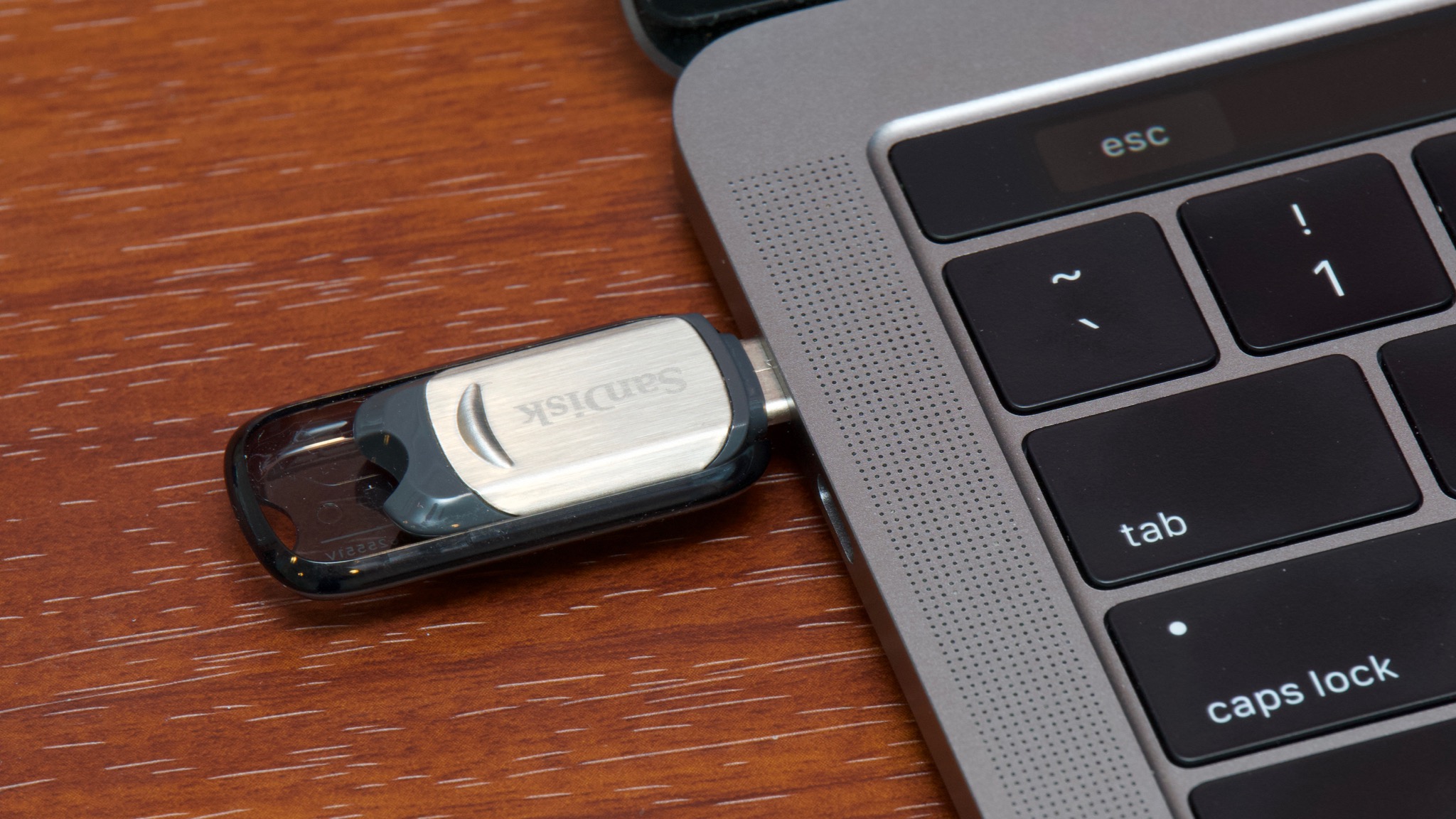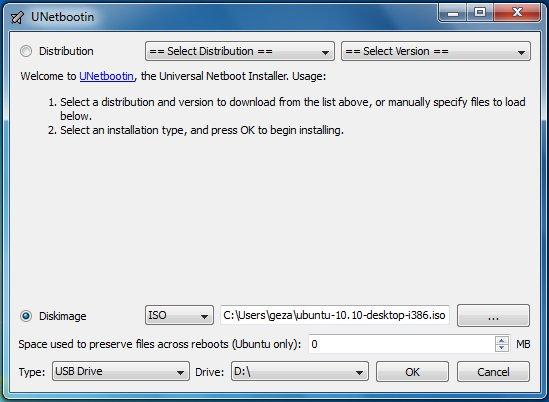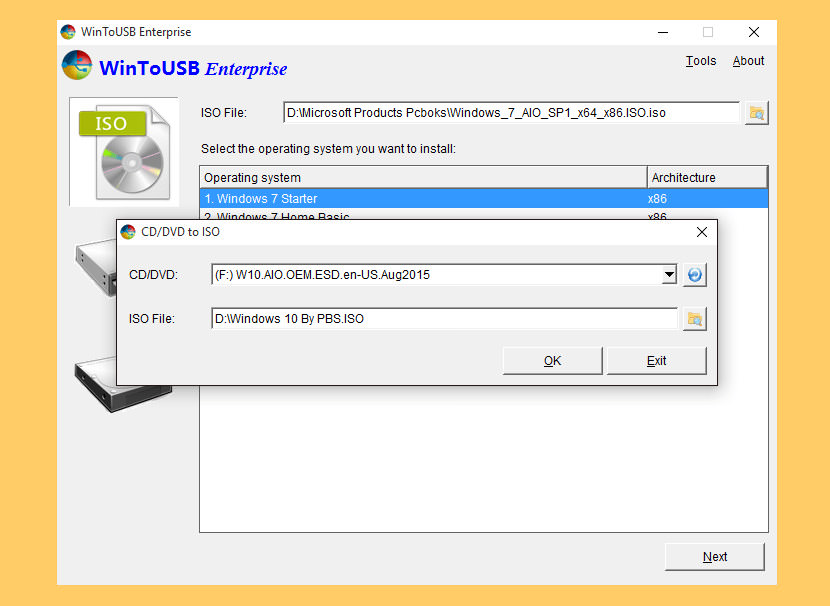
- #HOW TO MAKE A LIVE LINUX USB ON A MAC HOW TO#
- #HOW TO MAKE A LIVE LINUX USB ON A MAC MAC OS X#
- #HOW TO MAKE A LIVE LINUX USB ON A MAC INSTALL#
- #HOW TO MAKE A LIVE LINUX USB ON A MAC SOFTWARE#
- #HOW TO MAKE A LIVE LINUX USB ON A MAC PASSWORD#
If it isn’t, delete the partition and create a FAT partition - not an ExFAT partition. Check that the USB drive is formatted with an MS-DOS (FAT) partition. This will avoid a missing “Enterprise Source” error later.įirst, insert the USB drive into your Mac and open the Disk Utility application. Note: Be sure to move the Mac Linux USB Loader application to your Applications folder before running it. You can then reboot and boot those USB drives to use the Linux distribution from the live system.
#HOW TO MAKE A LIVE LINUX USB ON A MAC MAC OS X#
This Mac application will allow you to create USB drives with your preferred Linux distro on them from within Mac OS X in just a few clicks. The solution below should allow you to create Linux live USB drives that will boot on modern Macs without any additional fiddling or anything extra - insert, reboot, and go.Ī tool named “Mac Linux USB Loader” by SevenBits worked well for us.
#HOW TO MAKE A LIVE LINUX USB ON A MAC INSTALL#
But you don’t have to install this alternative UEFI boot manager on your Mac.

REFInd should allow you to boot those USB drives if you install it on your Mac.

There’s a reason Ubuntu recommends just burning a disc. For example, Ubuntu offers some painstaking instructions that involve converting the USB drive’s file system and making its partitions bootable, but some people report these instructions won’t work for them. While you can connect an external CD/DVD drive to your Mac and boot from standard Linux live CDs and USBs, simply connecting a Linux live USB drive created by standard tools like Universal USB Installer and uNetbootin to a Mac won’t work. You’ll be able to quickly boot Ubuntu, Linux Mint, Kali Linux, and other mainstream Linux distributions on your Mac.Īpple’s made it difficult to boot non-Mac OS X operating systems off of USB drives. This can be quite a headache, but we’ve found a graphical utility that makes this easy. You’ll need to go out of your way to create a live Linux USB drive that will boot on a Mac. If you have any questions, feel free to ask in the comment section below.Think you can just plug a standard Linux live USB drive into your Mac and boot from it? Think again.
#HOW TO MAKE A LIVE LINUX USB ON A MAC PASSWORD#
$ sudo dd if=/home/swapnil/Downloads/openSUSE-Leap-42.1-DVD-x86_64.iso/openSUSE-Leap-42.1-DVD-x86_64.iso /dev/sdb bs=1MĮnter the password and it will create a bootable drive of Linux. $ sudo dd if=/path_of_Linux.iso mount_point bs=1M Take note of the mount point, which in my case is /dev/sdb

Plug the drive into the system and then run the lsblk command to find the connected storage devices. If you are running Linux, you can use the dd command (as in the instructions for macOS above) to create the bootable drive. It will ask for the password and you are all set. In my case, I had downloaded openSUSE image to the Downloads folder and the mount point for the USB was /dev/disk3. $ sudo dd if=PATH_OF_LINUX.iso PATH_OF_USB bs=1m Now unmount this drive:Īnd run the dd command as sudo using the following pattern: Then run the following command to find the name of the device:Īs you can see from the output ‘/dev/disk3’ is the 2GB USB drive that we will use. Plug the USB drive into your Mac system and open the Terminal app (just search for Terminal in Spotlight). You don’t have to install the app just run it and then select the target drive (USB stick), browse the ISO image of the operating system that you want to put on the USB flash drive, and rufus will take care of the rest.

#HOW TO MAKE A LIVE LINUX USB ON A MAC SOFTWARE#
Rufus is much faster than other such tools like UNetbootin and it can create bootable USB sticks of Linux as well as Windows.ĭownload rufus from the official site (I discourage downloading software from unofficial sources for security's sake). If you are running Windows, your best bet is to use rufus, a free and open source USB writing tool. Create a bootable Linux USB from Windows
#HOW TO MAKE A LIVE LINUX USB ON A MAC HOW TO#
Here's how to create a live USB stick of Linux distributions from Windows, macOS and Linux. You can also use this drive to rescue data from corrupt Windows systems. One of the biggest advantages of Linux is that, unlike macOS and Windows, you don’t have to wipe your hard drive to test it. If you've been wanting to try Linux, whether because you're worried about privacy in Windows 10, don't like Microsoft's " ignore what users want" approach or want to stay out of Apple's walled garden, this tutorial is for you.


 0 kommentar(er)
0 kommentar(er)
